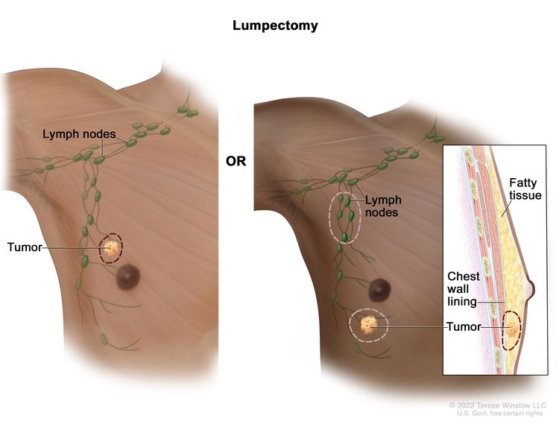Pathologist Reveals: Male Breast Cancer Accounts for Up to 3% of Cases in Ghana
Credit: Caleb Ahinakwah

Prof. Patrick Kafui Akakpo, an Anatomic pathologist (a medical doctor who specialises in examining organs, tissues, and cells to diagnose disease ), has disclosed that male breast cancer, though rare, accounts for between one and three per cent of total breast cancer cases recorded in Ghana.
Speaking on Joy FM’s Super Morning Show as part of the station’s Cancer Awareness Month series, Prof. Akakpo said while breast cancer is predominantly a female disease, men are not completely exempt.
“Yes, we do have breasts, and so we can be predisposed to getting breast cancer. It’s just that the proportion is low. Usually, if you look at what has been put out there in literature, the highest proportion that has been reported in Ghana is about 3%, and the lowest is around 1%,” he explained.
The pathologist revealed that he has personally encountered several male breast cancer cases in his medical practice.
“In my practice, I have probably seen maybe about half a hundred men who have had male breast cancers,” he noted.
Prof. Akakpo explained that although men have less developed breast structures compared to women, they still possess small amounts of estrogen, the hormone responsible for breast tissue growth. This, he said, can increase the risk of developing breast cancer, particularly among older or obese men.
“The structures in the breast that are supposed to produce milk in men are not as developed as those of females because we don’t have as much of the hormone estrogen. But it does not mean that we don’t have little bits of it. We still do,” he added.
His comments form part of ongoing national efforts to raise awareness about breast cancer in both men and women, especially as Ghana joins the rest of the world in marking Breast Cancer Awareness Month.
Health experts continue to urge regular self-examinations and prompt medical consultation for any unusual changes in the breast — regardless of gender — to improve early detection and treatment outcomes.




